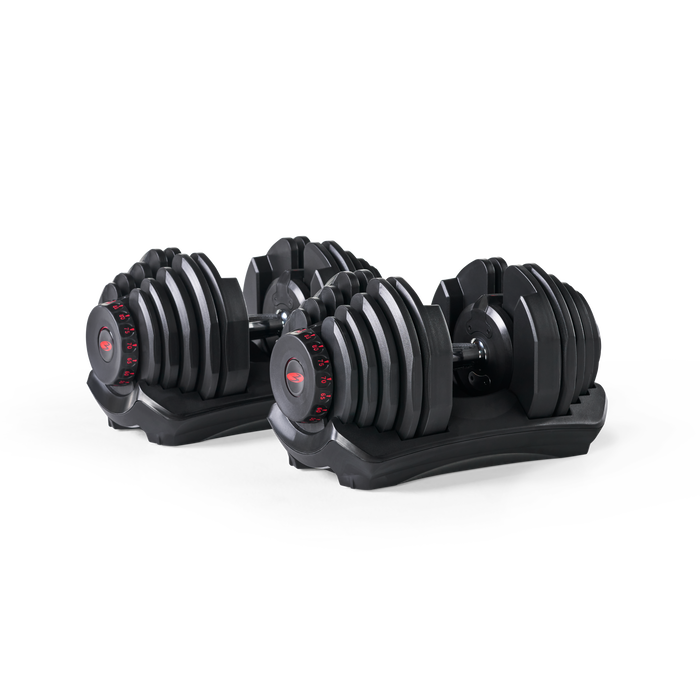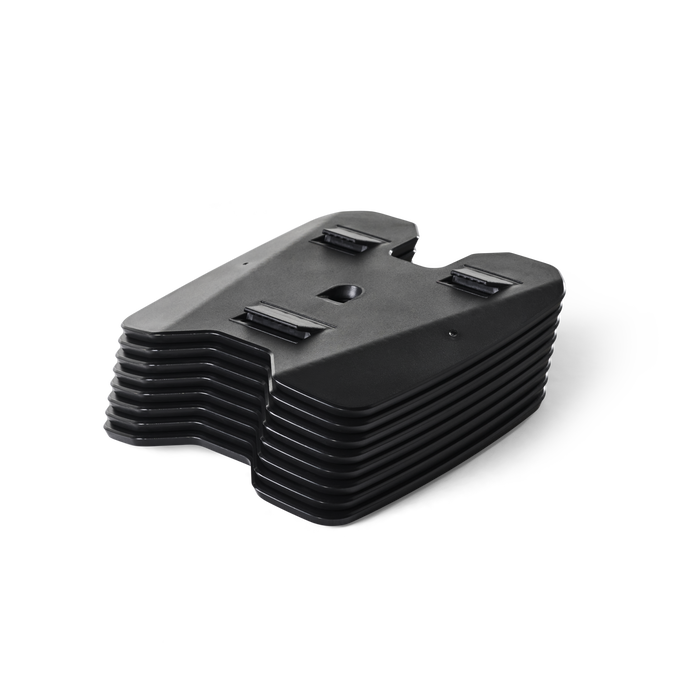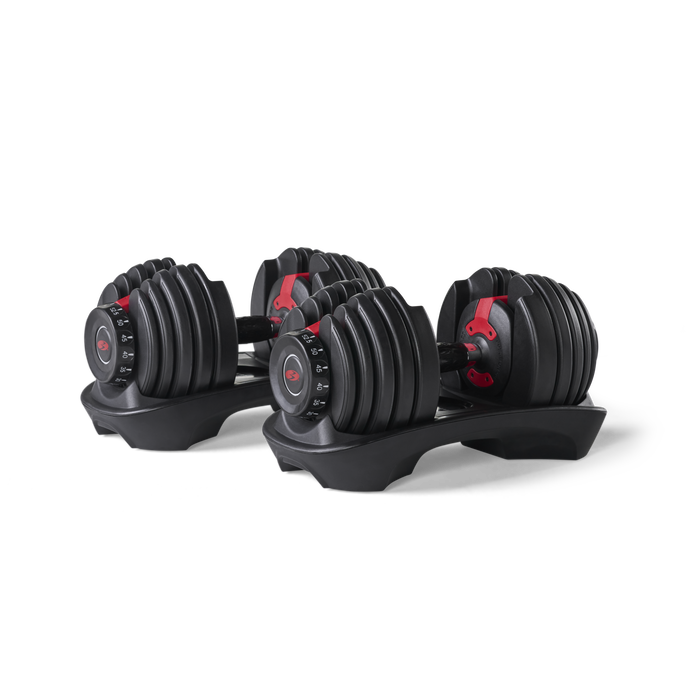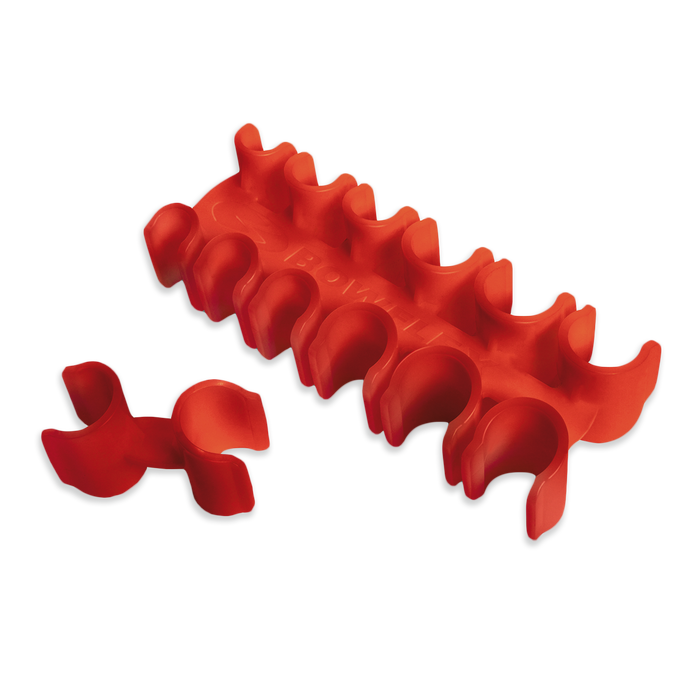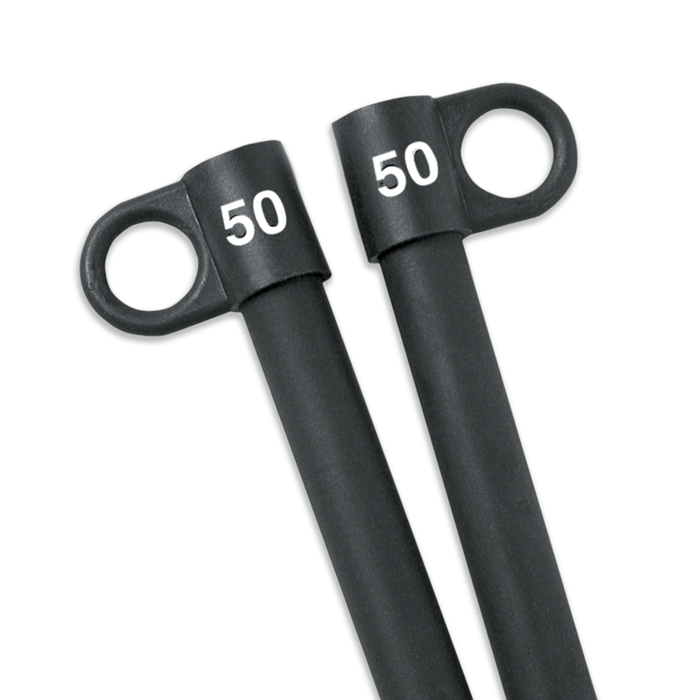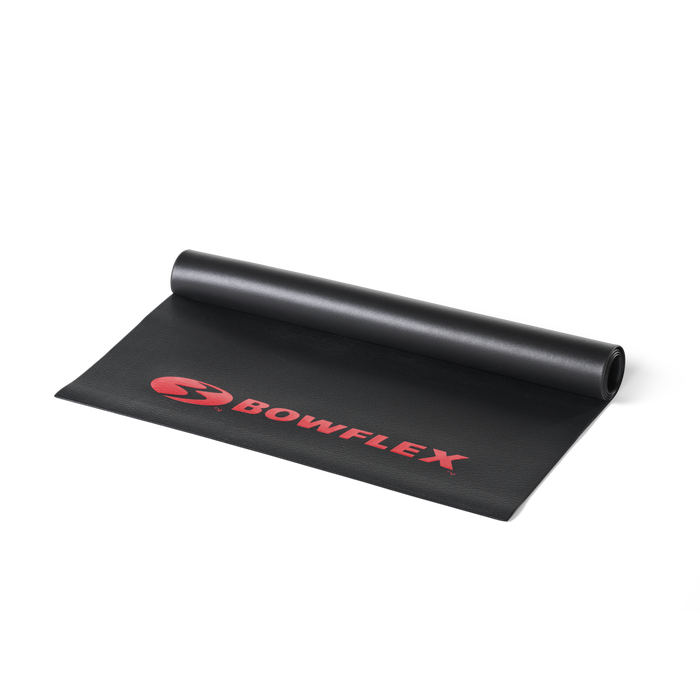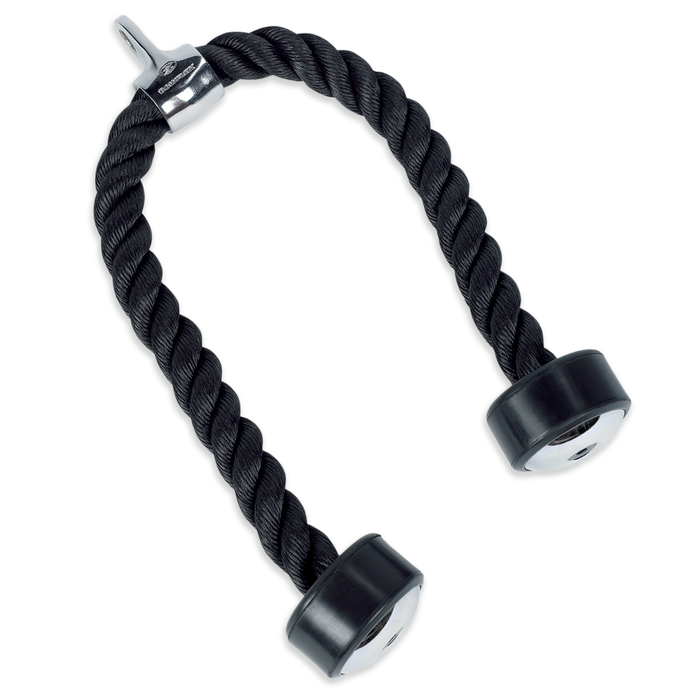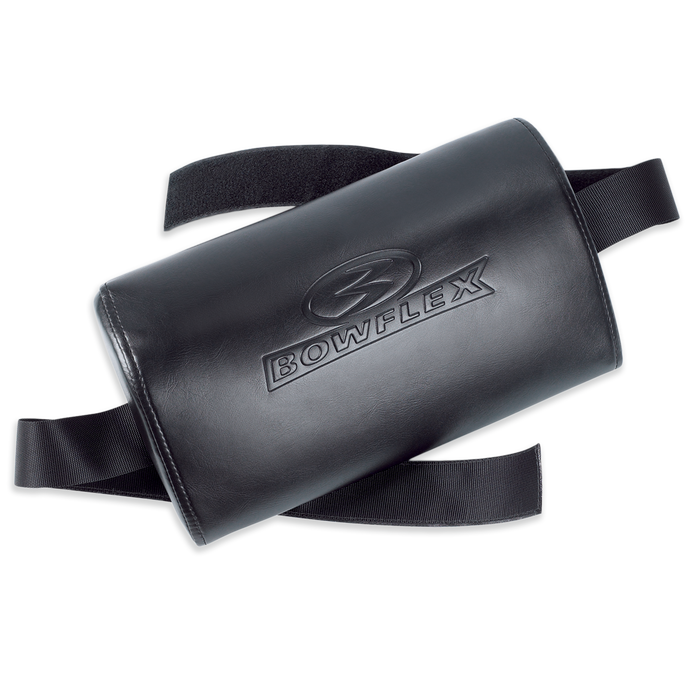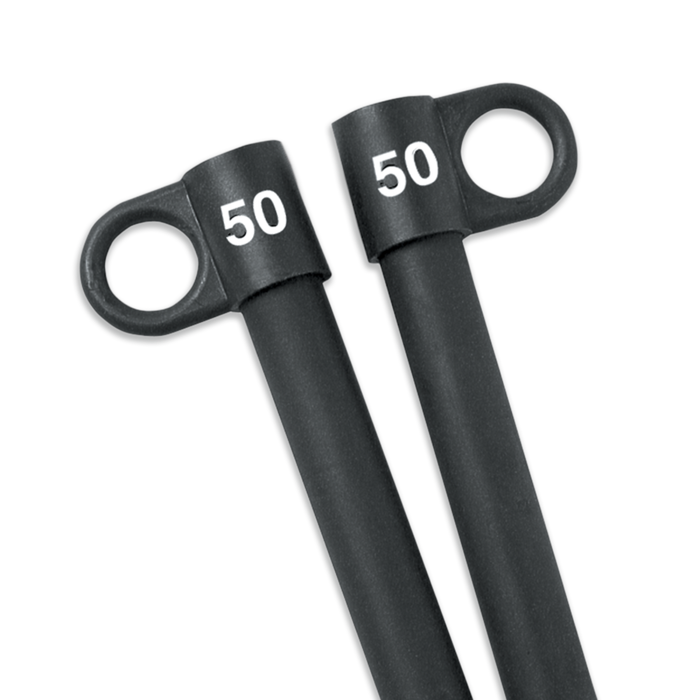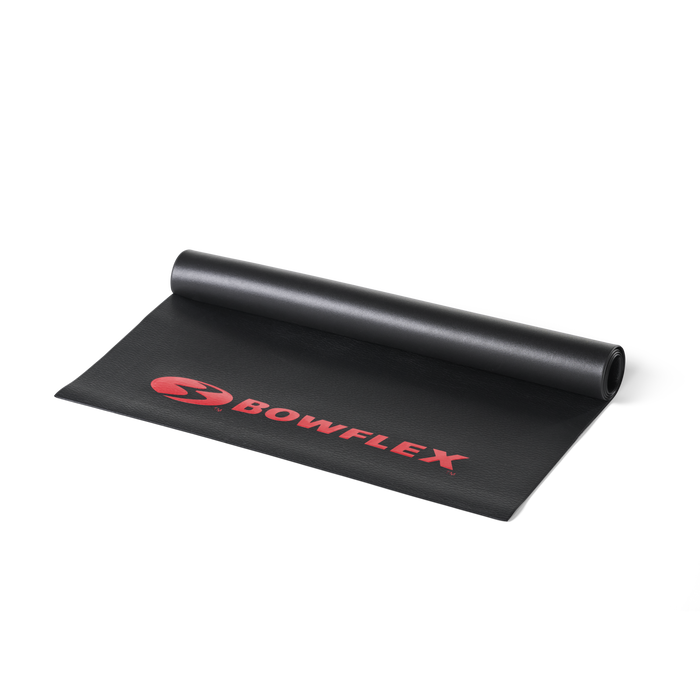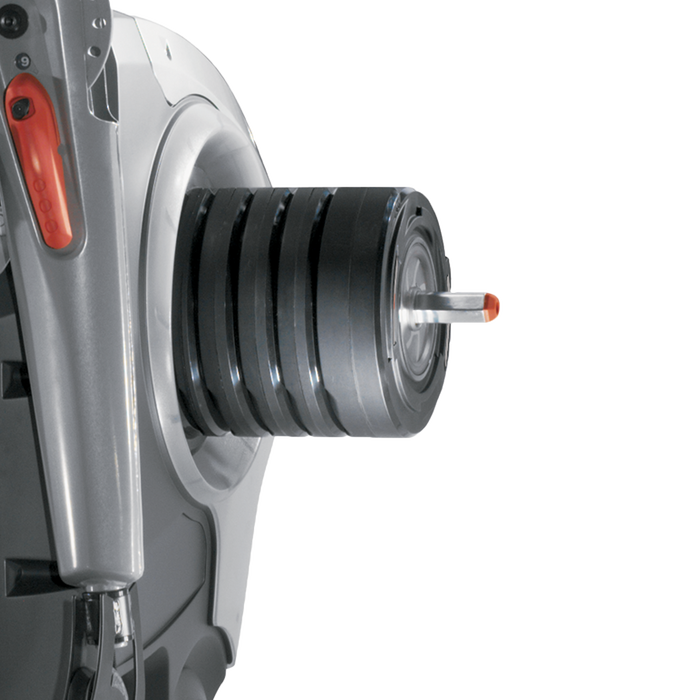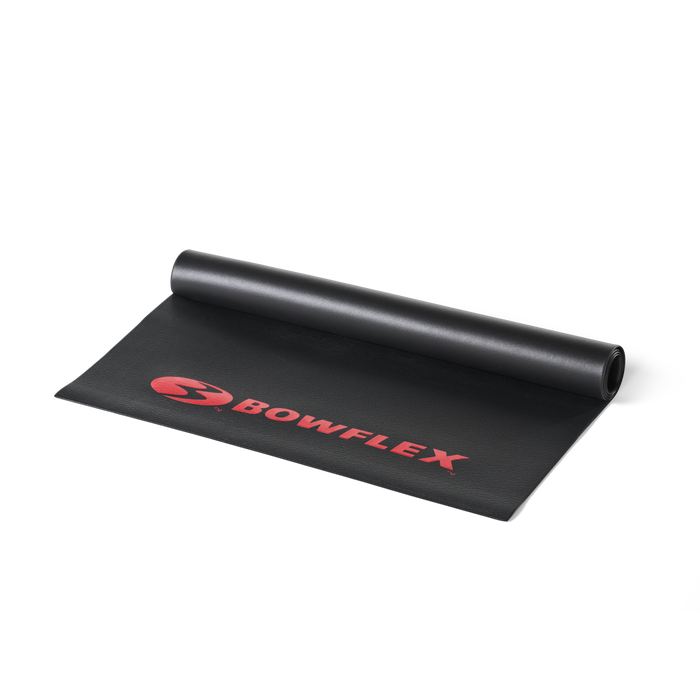Fit Tip: Are There Really "Negative Calorie" Foods?

You may have heard the term “negative calorie” foods, things you can eat that supposedly cause you to lose weight. Sounds amazing, right? Almost too good to be true?
A quick Google search of the term will get you even more excited, with headlines jumping out at you such as “20 Negative Calorie Foods” and “The Negative Calorie Diet: Lose Up to 10 Pounds in 10 Days with 10 All You Can Eat Foods.” So how exactly is this incredible “phenomenon” supposed to work? How does eating a food that contains energy cause you to lose weight?
Let’s take a quick look at how your metabolism works: Your total daily energy expenditure (TDEE), the number of calories you burn every day, is comprised of a few different components, including:
- Basal Metabolic Rate: This is the energy utilized to keep you alive, such as breathing, circulating blood and repairing cells.
- N.E.A.T. Non-Exercise Activity Thermogenesis: This is the energy you use while doing things like fidgeting and moving around.
- E.A.T. Exercise Activity Thermogenesis: The energy you burn through deliberate exercise like walking on a treadmill.
- T.E.F. Thermic Effect of Food – The energy it takes to digest, absorb and store the nutrients in your food.
The whole negative calorie concept is centered around the thermic effect of food. The claim is that the energy it takes to digest and utilize these “super foods” is greater than the number of calories in the foods themselves, helping increase weight loss.
As with everything else in diet and exercise, if it sounds too good to be true, it is.
Your basal metabolic rate accounts for roughly 60%-75% of your total daily energy expenditure, N.E.A.T. and E.A.T. combine for roughly 15%-30%, and the thermic effect of food is around 5%-15%.
Celery, lettuce and grapefruit are a few of these supposed “negative calorie” foods. Yes, they are all low in calories, but consuming them does not result in a thermic effect that exceeds the calories consumed. Most of these foods are simply high in water. Celery, one of the most commonly-claimed “negative calorie foods” is also a complex carbohydrate comprised primarily of cellulose, something our bodies cannot digest, adding to the lower energy effect on our bodies and the reason why these types of foods are so commonly found in fad diets.
In fact, protein has the highest thermic effects of the macronutrients, much greater than the foods often cited as promoting weight loss through our metabolic processes. Protein also leads to greater satiety while helping build metabolically-active muscle mass, two essential components in long-term weight loss and weight maintenance.
So don’t fall for the fuzzy math when it comes to these so-called “negative calorie” foods. Find the healthy and nutritious foods that you enjoy, those that are full of vitamins and minerals. Focus on what you can eat rather than what you cannot. When it comes to a healthy diet, success comes through moderation, not deprivation.
You may also like
Collagen Claims: Too Good To Be True?

